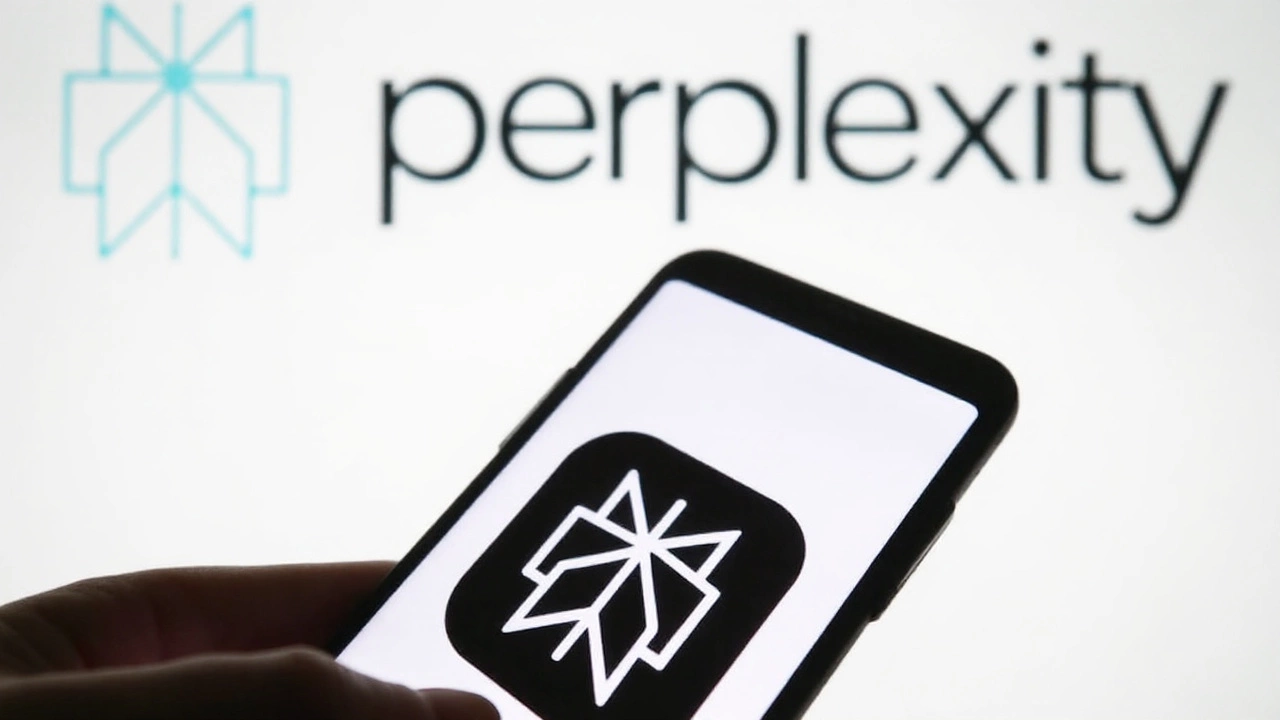What Is a WhatsApp Bot and Why It Matters
If you’ve ever wished you could reply to hundreds of messages without typing each one, a WhatsApp bot is the answer. It’s a small program that talks to users inside the WhatsApp app, sending automatic replies, collecting info, or even processing payments. Businesses use them to answer FAQs, confirm orders, and keep customers in the loop 24/7. The best part? You can set one up without being a developer.
How to Build a Simple WhatsApp Bot in Minutes
Start with a no‑code platform like Twilio, Gupshup, or WATI. Sign up, link your WhatsApp Business number, and pick a template – most platforms include ready‑made flows for order tracking, appointment booking, or lead capture. Drag and drop the steps: "When a user says ‘hi’, send a welcome message," then add quick‑reply buttons for common questions. Test the flow on your phone, make tweaks, and you’re live.
If you prefer code, use the official WhatsApp Business API. You’ll need a server, a Facebook Business account, and a verified phone number. Write a webhook that receives incoming messages (JSON payload), processes them, and sends back a reply via the API endpoint. Languages like Python or Node.js have libraries that simplify the HTTP calls. Keep the logic simple: match keywords, pull data from a database, and reply.
Best Practices to Keep Your Bot Friendly and Effective
First, greet users by name if you have it – it feels personal. Second, limit the number of automated replies; if the bot can’t answer, hand over to a human within a few seconds. Third, use clear buttons instead of long text menus – a user can tap “Track Order” or “Talk to Support” without scrolling. Fourth, respect privacy: never store personal data without consent and follow WhatsApp’s policies. Finally, measure performance. Track metrics like response time, completion rate, and user satisfaction to refine the flow.
Real‑world examples show the impact. A local restaurant added a bot to handle reservations and saw a 30% drop in missed bookings. An e‑commerce store used a bot for order updates and reduced support tickets by half. In both cases, the bot handled repetitive tasks while staff focused on high‑value interactions.
Ready to start? Pick a platform, follow the setup wizard, and launch a basic “Hello” flow today. Watch how quickly the bot takes over routine chats and frees up your time. As you grow, add features like payment links, product catalogs, or AI‑powered language understanding for more natural conversations. The key is to keep it simple, useful, and human‑like.
WhatsApp bots are not magic; they’re tools that let you stay connected with customers on the app they already love. With the steps above, you can build one that saves effort, boosts sales, and keeps users happy – all without writing hundreds of lines of code.
Nano Banana AI Goes Live on WhatsApp: Perplexity Brings Google’s Image Generator to Millions
Perplexity has rolled out Google’s Nano Banana AI model inside a WhatsApp bot, letting users generate high‑quality images with a simple text prompt. The service is accessed via a dedicated phone number and mirrors the performance of Google’s Gemini apps. India leads the adoption curve, and experts say the move could reshape everyday content creation. Pricing remains unconfirmed, but the bot also offers broader AI assistance beyond images.
More